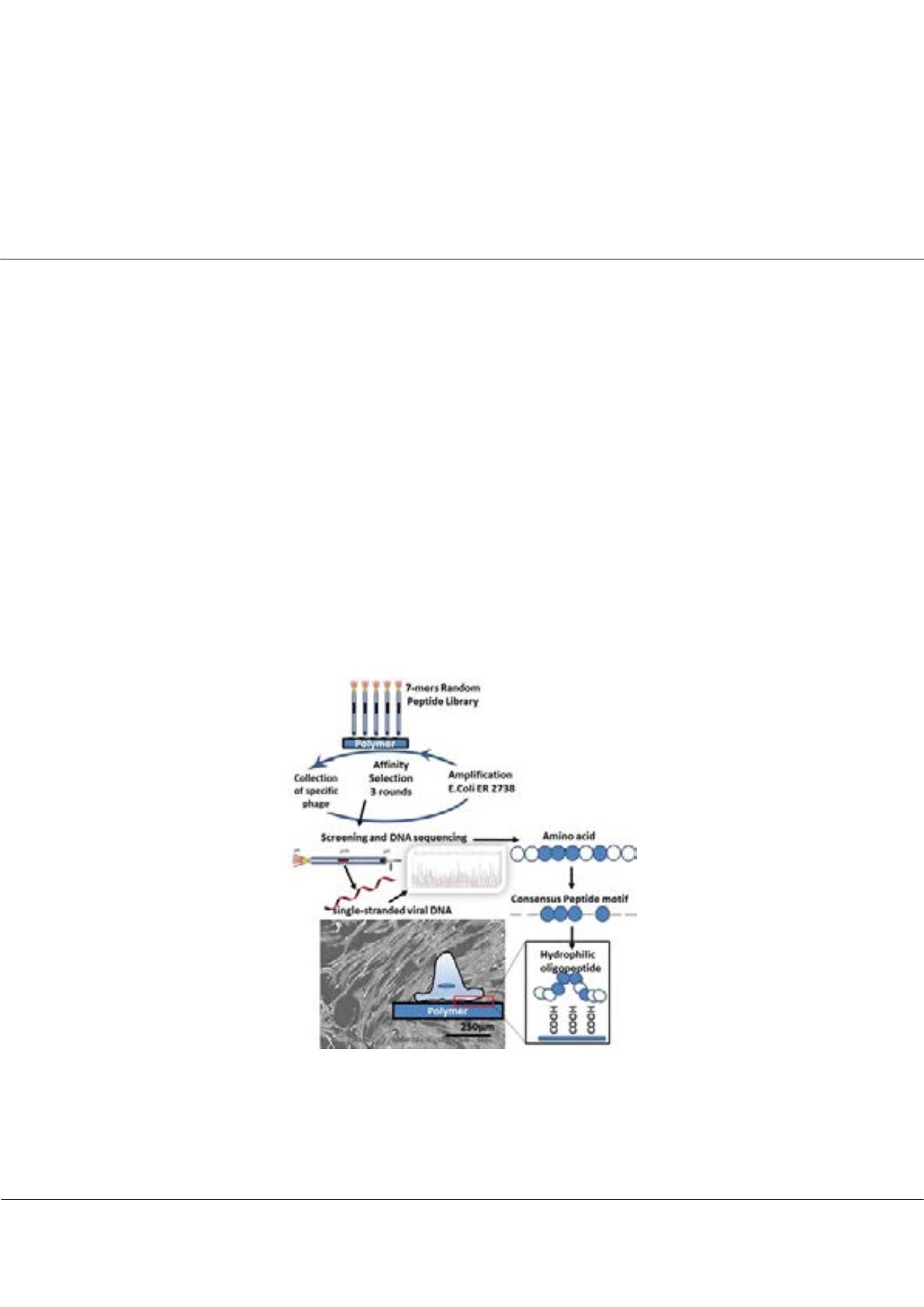

Page 63
conferenceseries
.com
Volume 8
Journal of Biotechnology and Biomaterials
ISSN: 2155-952X
Biomaterials 2018
March 05-06, 2018
March 05-06, 2018 | Berlin, Germany
3
rd
Annual Conference and Expo on
Biomaterials
Investigation of 3D printable biocompatible orthodontic polymers
Melinda Szalóki, Ferenc Tóth, Sara Khandan, Hamid Javadi
and
Csaba Hedegűs
University of Debrecen, Hungary
B
iocompatible MED620 and MED610 polymers are 3D printable materials used mainly in oral surgery and orthodontics.
Researchers have reported that MED610 significantly reduced the cell numbers of keratinocytes, even in non-direct contact.
The purpose of this study is to investigate the effect of different surface manipulations on cell proliferation, surface specific
oligopeptides regarding MED610 and to compare to MED 620 and MED610 regarding degree of conversion (DC), polymerization
shrinkage (PS) (Stratasys, USA). The MED610 and MED620 samples were printed by Objet30 OrthoDesk (Stratasys, USA) 3D
printer. In cell proliferation study osteosarcoma (Saos-2) and dental pulp stem cells (DPSC) were used. The surface manipulation
was done by two methods of support material removal. 7-mer oligopeptides was used to determine surface specific peptides
based on New England Biolabs protocol. The PS of polymers was measured based on Archimedes’ principle by an analytical
balance (Adam PW 254, UK). A Nicolet 6700 Fourier Transform Infrared spectroscope (FTIR) (Thermo Electron Co. USA) in
attenuated total reflectance (ATR) mode was used for DC measuring. The surface treatment has an effect on cell proliferation and
surface specific oligopeptides. The PS of MED620 and MED610 photopolymers were 7.56 V/V% ± 0.12 and 8.17 V/V % ± 0.24,
respectively. The DC of MED620 and MED610 samples 93.34 % ± 2.66 and 97.76 % ± 1.31, respectively. Based on the results of
the study it was found that the chemical modification of polymer surface influence the numbers of the attached cells, sequence of
surface specific peptides and the physical properties i.e. polymerization shrinkage and degree of conversion that can be related to
the different application and composition of the 3D printable biocompatible orthodontic polymers.
Phage display on 3D printable biocompatible polymer surface
Melinda Szaloki et al., J Biotechnol Biomater 2018, Volume 8
DOI: 10.4172/2155-952X-C1-088
















